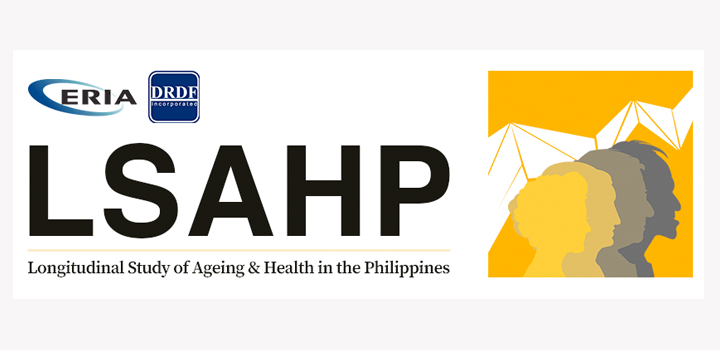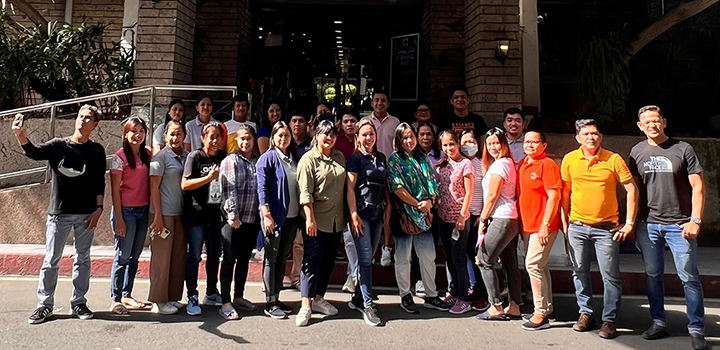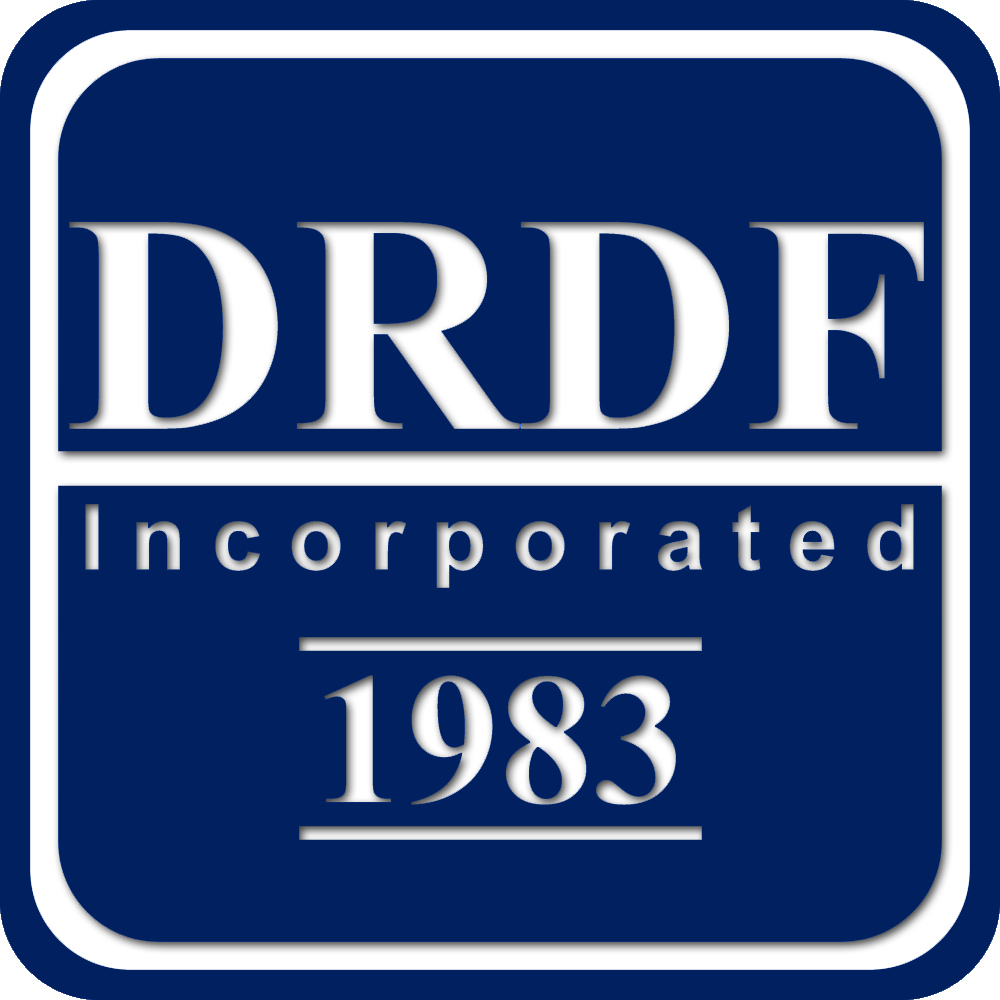
The Demographic Research and Development Foundation (DRDF) is currently conducting the endline survey of the Multiple Indicator Survey (MIS), an endeavor of the United Nations Children’s Fund (UNICEF) in collaboration with 36 municipalities and cities in the country from the National Capital Region, provinces of Camarines Norte and Northern Samar, and Mindanao regions. The MIS is an adaptation of the Multiple Indicator Cluster Survey (MICS) conducted in the 1990s.
Part of the UNICEF Seventh Country Program for Children (CPC-7) in the Philippines, the MIS is aimed towards the measurement of a number of indicators on child protection, disaster risk reduction, education, hygiene, maternal health, nutrition, sanitation, social security, and water towards the measurement of progress in the UN Millenium Development Goals (MDGs).
Areas covered are Pasay City, Quezon City, Puerto Princesa City, Davao City, Zamboanga City, and Cotabato City, the Camarines Norte municipalities of Basud, Capalonga, Labo, Mercedes, Paracale, and Vinzons, Masbate municipalities of Aroroy, Cawayan, Milagros, and Monreal, Northern Samar municipalities of Bobon and Mapanas, Zamboanga municipalities of Leon B. Postigo, Siayan, Sindangan, and Tampilisan, municipality of Malungon, Sarangani, North Cotabato municipalities of Aleosan, Arakan, Midsayap, and President Roxas, Sultan Kudarat municipalities of Kalamansig and Lebak, Maguindanao municipalities of Mamasapano, Parang, South Upi, and Upi, Sulu municipalities of Parang and Siasi, and the municipality of Languyan, Tawi-tawi.
The third and last in a series of similar studies done in the country, the MIS was first conducted by the then National Statistics Office, now Philippine Statistics Authority, in 2012 across 18 municipalities. In 2014, the UP Population Institute administered the survey in 12 municipalities in Mindanao.
The survey aims to cover a total sample of 21,600 households, 600 households from each of the 36 municipalities. Data collection is still ongoing and will be completed by September of this year.





